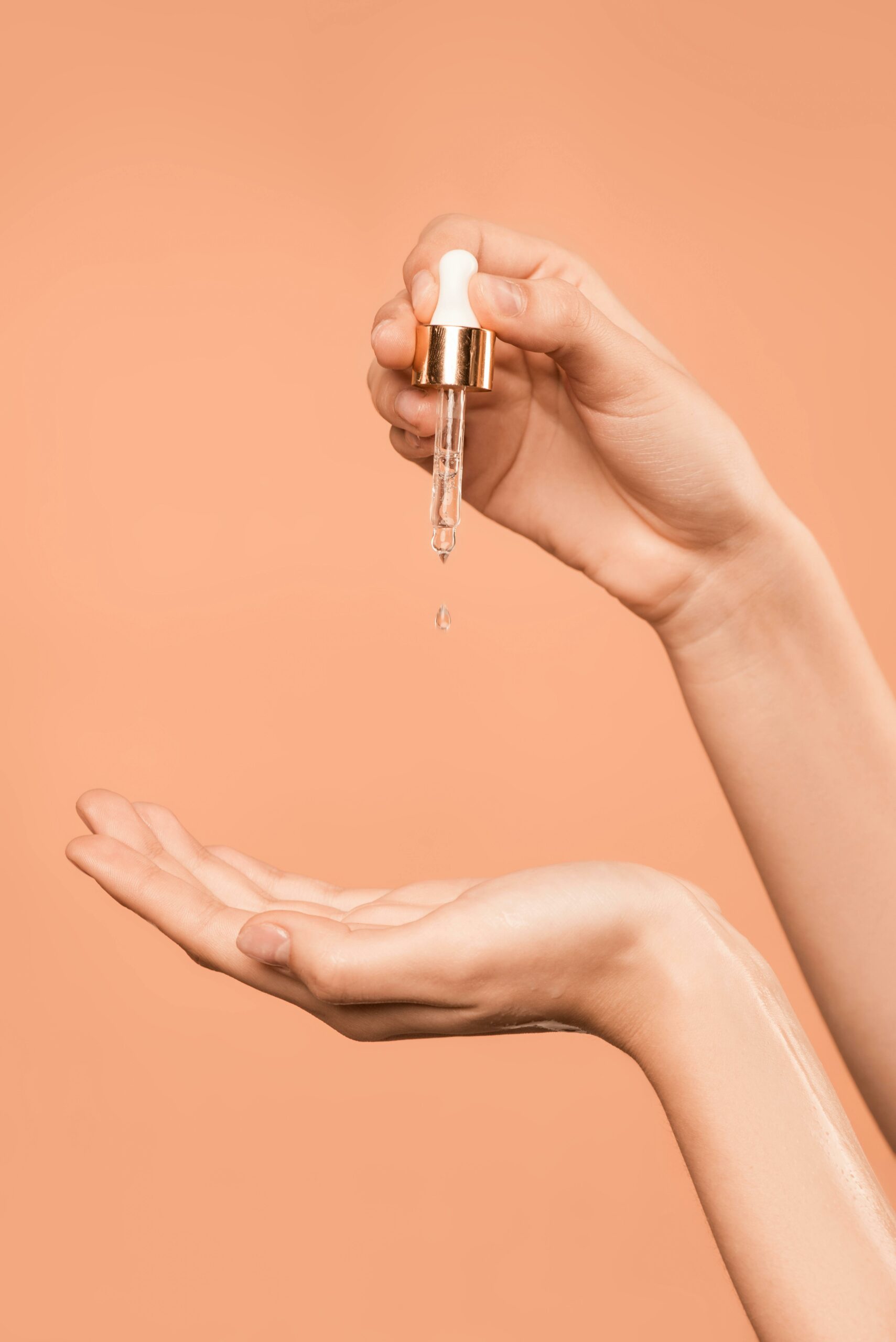Essential Oils In Organic Dandruff Shampoos

Like many oils and substances, it is important to use therapeutic-grade essential oil when using tea tree for medicinal purposes such as a dandruff shampoo. To be clear – at this time, the FDA does not certify essential oils as one grade or another. The terms “therapeutic-grade” and “aromatherapy-grade” are thrown around a lot, and are misused by certain companies.
In the context of this article, the meaning of “therapeutic-grade” is to convey that one who is using essential oil for seborrheic dermatitis or dandruff treatment (or any other medical condition, for that matter) should strive to find pure tea tree oil that has not been downgraded in any way. In other words, the oil should be obtained from a reputable source, and no other ingredients should be mixed in with the oil when it is supposed to be pure.

Essential Oils are great for treating dandruff and scalp inflammation.
Obviously, when incorporated into organic dandruff shampoos or gels, or when applied topically, other oils and substances can and should be used. But the oil itself should be pure, and not one that may come with other substances already in it. Tea tree works wonderfully with lavender, rosemary, and many other substances. Oils like lavender, which are absorbed faster by the body, facilitate the quick absorption of the accompanying tea tree oil, which is normally more difficult for the body to absorb.
Proper storage of tea tree oil is crucial to its stability and longevity. Tea tree oil loves the cold and dark. Make sure to store your tea tree oil in some kind of glass bottle or vial, and never plastic. The oil’s shelf life, once opened, is about 6 months. When left unopened, and stored properly, the shelf life can be up to two years. Plastic containers are the enemy of many essential oils, and tea tree is no exception.
The plastic components allow the terpinen-4-ol to evaporate. Being that terpinen-4-ol is the oil’s most active ingredient, allowing it to disappear will render the oil quite useless. But more than that, after the terpinen-4-ol is all gone, the chemical changes which the oil undergoes may cause skin irritants to take shape in the oil. What you will be left with, after a few months in plastic, is an oil so rancid and useless, you wouldn’t want to touch it with a 10-foot tea tree pole.
Shelf Life
It is called “shelf life”, but funnily enough tea tree oil will actually last longer in the refrigerator than on a shelf or cupboard in your bathroom. Oxidization is tea tree oil’s greatest threat, and it is advised to limit its exposure to air as much as possible. Always keep your bottles or vials of tea tree closed, and if you have a significant amount, consider moving some of the oil to smaller containers.
The dangers of oil oxidization and potential skin irritation are precisely the reasons why high quality, therapeutic-grade tea tree oil is always recommended, for any use. In order for tea tree to remain fresh, safe, and stable, you need to look after it and pay attention to the condition in which it is kept.

